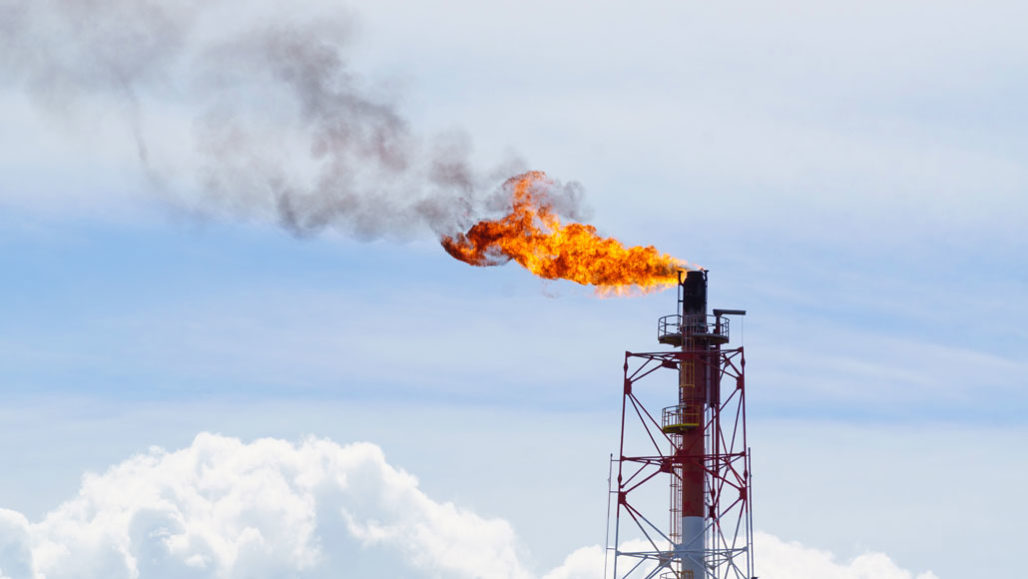Using fossil fuels releases far more methane — a potent greenhouse gas — than people had thought. Possibly 25 to 40 percent more, new research suggests. The finding could help point toward ways to reduce these climate-warming emissions.

Oil and natural gas plants burn off some methane with “flaring,” as seen here. Gas also escapes into the air via leaky pipes and venting. A new study suggests that methane emissions from fossil fuels have been way underestimated. LANOLAN/ ISTOCK/GETTY IMAGES PLUS
Like carbon dioxide, methane is a greenhouse gas. But the impacts of these gases are not the same. Methane warms the atmosphere more than CO2 does. Yet it stays around for only 10 to 20 years. CO2 can linger for hundreds of years. “So the changes we make to our [methane] emissions are going to impact the atmosphere much more quickly,” says Benjamin Hmiel. He’s an atmospheric chemist at the University of Rochester in New York. He worked on the new study.
In the 1900s, coal mining, natural gas and other fossil fuel sources raised methane levels in the atmosphere. Those emissions fell early in this century. However, beginning in 2007, methane began to rise once again. It’s now at a level not seen since the 1980s.

No comments:
Post a Comment